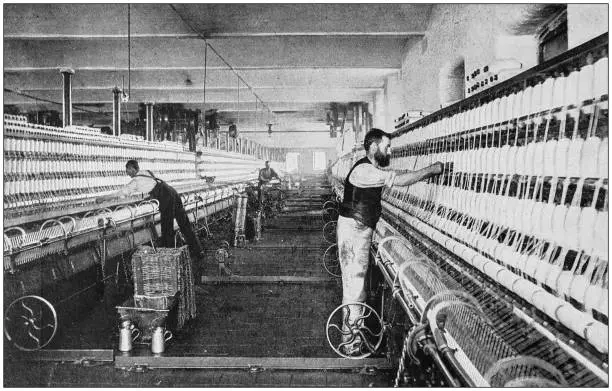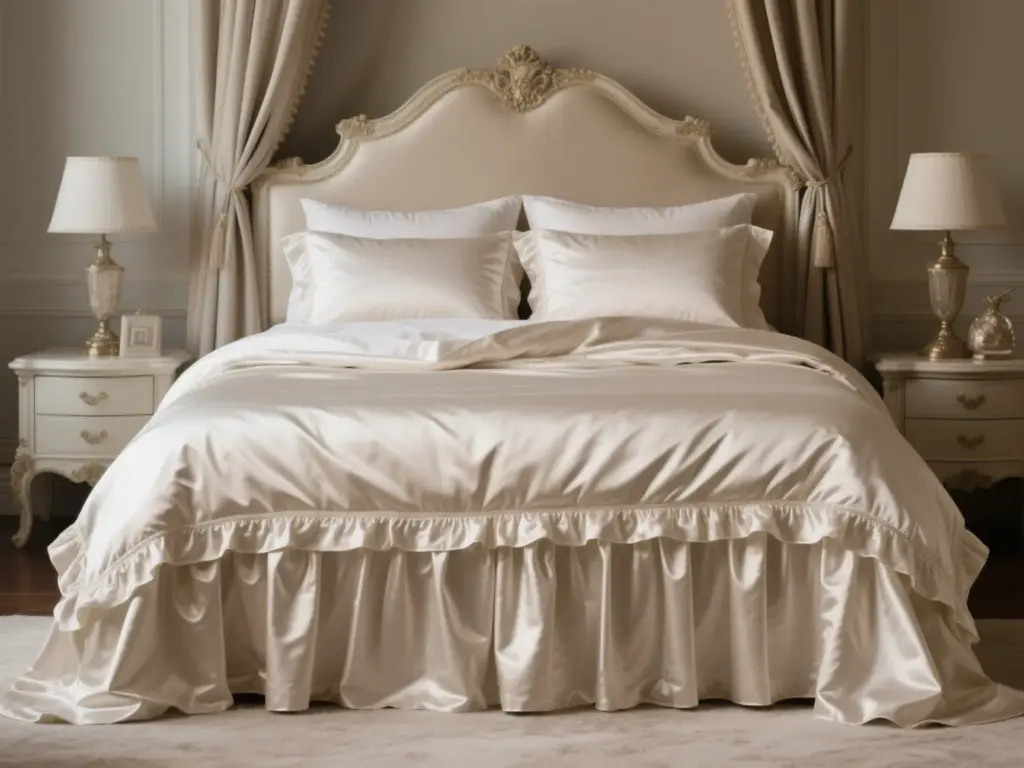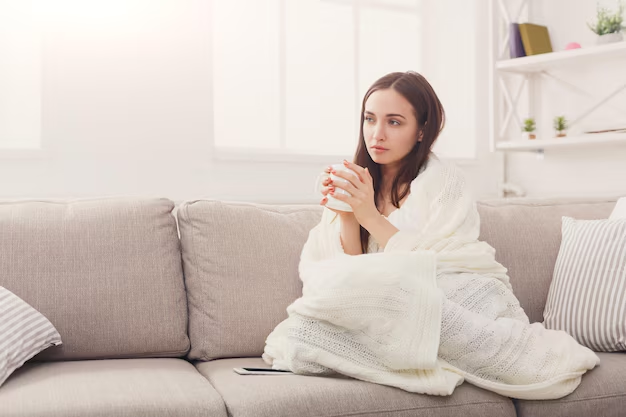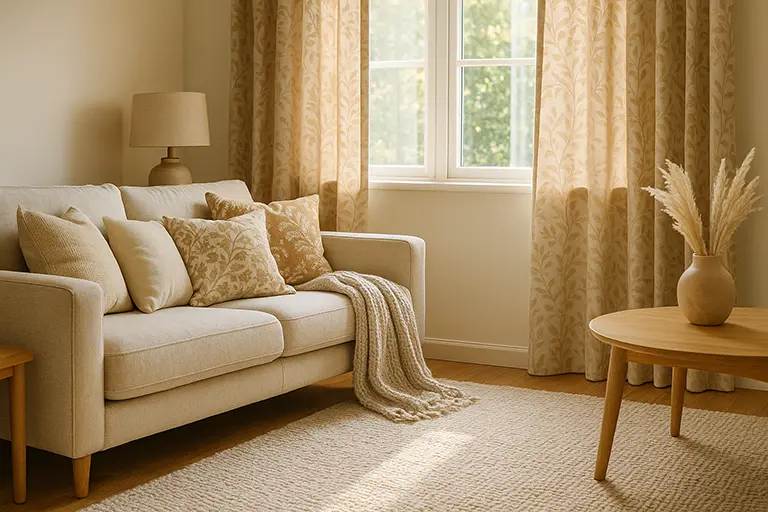Home textiles are the unsung heroes of our living spaces. They are the threads that weave together comfort, functionality, and aesthetic appeal, transforming a house into a home. From the soft embrace of bed linens to the elegant drape of curtains, these fabrics play an integral role in our daily lives, reflecting our personal style and enhancing our well-being. This article delves into the rich history, developmental journey, diverse classifications, and myriad uses of home textiles.
A Journey Through Time: The History of Home Textiles
The story of home textiles is as old as human civilization itself.
Ancient Beginnings
Early humans utilized animal skins and woven plant fibers for basic needs like warmth and shelter. Ancient civilizations like Egypt, Mesopotamia, India, and China were pioneers in textile production. Egyptians were renowned for their fine linen, used for bedding and clothing. India was a cradle for cotton cultivation and intricate weaving techniques, while China mastered silk production, which became a prized commodity. These early textiles were often simple but served crucial functional purposes.
Classical and Medieval Eras
In ancient Greece and Rome, textiles became more decorative. Wool and linen were common, and dyeing techniques advanced. During the Medieval period in Europe, textiles like tapestries became symbols of wealth and status, adorning castles and churches. These were often hand-woven and incredibly labor-intensive, depicting elaborate scenes and patterns. Guilds of weavers and spinners emerged, refining craftsmanship.
The Renaissance and Beyond
The Renaissance saw a flourishing of arts, and textiles were no exception. Luxurious fabrics like velvet, damask, and brocade, often incorporating silk and metallic threads, were used for upholstery, bed hangings, and drapes in affluent homes.
The Industrial Revolution (18th-19th Centuries)
This was a watershed moment. The invention of the spinning jenny, power loom, and cotton gin revolutionized textile production. Mass production made textiles more affordable and accessible to a broader population. Synthetic dyes expanded the color palette dramatically. This era laid the groundwork for the modern home textile industry.

20th Century to Present: The 20th century witnessed the advent of synthetic fibers like rayon, nylon, and polyester, offering new properties like durability, wrinkle resistance, and lower cost. Design movements, from Art Deco to Mid-Century Modern and Minimalism, heavily influenced home textile patterns and styles. Globalization led to diverse influences and manufacturing shifts. More recently, there’s been a growing emphasis on sustainability, organic materials, and ethical production.
The Evolution and Development Process
The development of home textiles is a continuous interplay of:
- Technological Advancements: From manual looms to computerized jacquard looms and digital printing, technology has drastically increased production speed, design complexity, and efficiency. Finishing processes (e.g., Sanforization for pre-shrinking, flame retardancy, stain resistance) have also enhanced fabric performance.
- Material Innovation: The journey from natural fibers (cotton, linen, silk, wool) to early synthetics and now to high-performance engineered fibers (e.g., microfiber, Tencel™, bamboo blends) and recycled materials reflects a constant search for improved comfort, durability, ease of care, and sustainability.
- Design and Aesthetic Trends: Home textile designs mirror broader cultural, artistic, and fashion trends. Color palettes, patterns (floral, geometric, abstract), and textures evolve with changing consumer preferences and interior design philosophies.
- Consumer Needs and Lifestyle Changes: As lifestyles change, so do the demands on home textiles. For instance, the need for easy-care fabrics for busy households, hypoallergenic materials for sensitive individuals, or thermal-insulating curtains for energy efficiency.
Classification of Home Textiles
Home textiles can be broadly categorized based on their area of use:

- Bed Linens (Bedding):
- Sheets: Flat sheets, fitted sheets.
- Pillowcases & Shams: For pillows.
- Duvet Covers & Comforters: Bed coverings for warmth.
- Bedspreads, Quilts & Coverlets: Decorative and functional top layers.
- Blankets & Throws: For added warmth and comfort.
- Mattress Protectors & Toppers: For hygiene and comfort.
- Primary Use: Comfort, hygiene, temperature regulation during sleep, bedroom aesthetics.
- Bath Linens (Bathroom Textiles):
- Towels: Bath towels, hand towels, face towels, bath mats/rugs.
- Shower Curtains: Fabric or vinyl.
- Bathrobes.
- Primary Use: Absorbency, hygiene, comfort in the bathroom.
- Table Linens:
- Tablecloths.
- Placemats.
- Napkins.
- Table Runners.
- Primary Use: Protecting table surfaces, enhancing dining aesthetics, hygiene.
- Kitchen Linens:
- Dish Towels (Tea Towels).
- Aprons.
- Oven Mitts & Pot Holders.
- Primary Use: Cleaning, drying, protection during cooking.
- Curtains and Drapes (Window Treatments):
- Curtains: Lighter, often unlined.
- Drapes: Heavier, often lined, may be blackout.
- Blinds & Shades: Though not always fabric, fabric versions exist.
- Valances & Swags.
- Primary Use: Light control, privacy, insulation, decoration.
- Upholstery:
- Fabric coverings for sofas, chairs, ottomans, headboards.
- Primary Use: Comfort, durability, aesthetics for furniture.
- Floor Coverings:
- Rugs: Area rugs, accent rugs.
- Carpets: Wall-to-wall coverings (though often considered a separate category from “textiles” in some contexts, the materials and construction are textile-based).
- Primary Use: Comfort underfoot, insulation, noise reduction, defining spaces, decoration.
- Decorative Accessories:
- Cushions & Throw Pillows.
- Fabric Wall Hangings & Tapestries.
- Primary Use: Enhancing aesthetics, adding comfort and personality.
Diverse Applications and Uses
Beyond these primary classifications, the uses of home textiles are manifold:

- Comfort and Well-being: Soft sheets, plush towels, and cozy blankets directly contribute to physical comfort and relaxation.
- Aesthetics and Personalization: Textiles are a primary tool for expressing personal style and creating a desired ambiance in a room, from minimalist chic to bohemian warmth.
- Functionality and Performance: Blackout curtains block light, stain-resistant upholstery withstands spills, and thermal drapes help conserve energy.
- Hygiene: Washable bed linens, towels, and kitchen cloths are essential for maintaining a clean and healthy home environment.
- Protection: Tablecloths protect tables from scratches, and mattress protectors guard against spills and allergens.
- Space Definition: Rugs can visually anchor a seating area or delineate different zones within an open-plan space.
- Acoustic Control: Heavy drapes and carpets can help absorb sound and reduce echoes.
The Future of Home Textiles
The home textile industry continues to evolve, driven by:
- Sustainability: Increasing demand for organic cotton, linen, hemp, recycled fibers, and eco-friendly production processes.
- Smart Textiles: Integration of technology, such as fabrics with heating/cooling capabilities, health monitoring sensors, or light-emitting properties.
- Personalization and Customization: Consumers seeking unique designs and products tailored to their specific needs and tastes.
- Wellness and Health: Focus on hypoallergenic materials, antimicrobial finishes, and fabrics that promote better sleep and overall well-being.
Conclusion
Home textiles are far more than just functional items; they are an essential element of interior design and a fundamental contributor to our everyday comfort and quality of life. From their humble beginnings to the sophisticated and diverse products available today, they reflect humanity’s enduring need for beauty, comfort, and practicality in our most personal spaces. As technology and societal values continue to evolve, so too will the fascinating world of home textiles, continually shaping the fabric of our homes and lives.


Leave a Reply